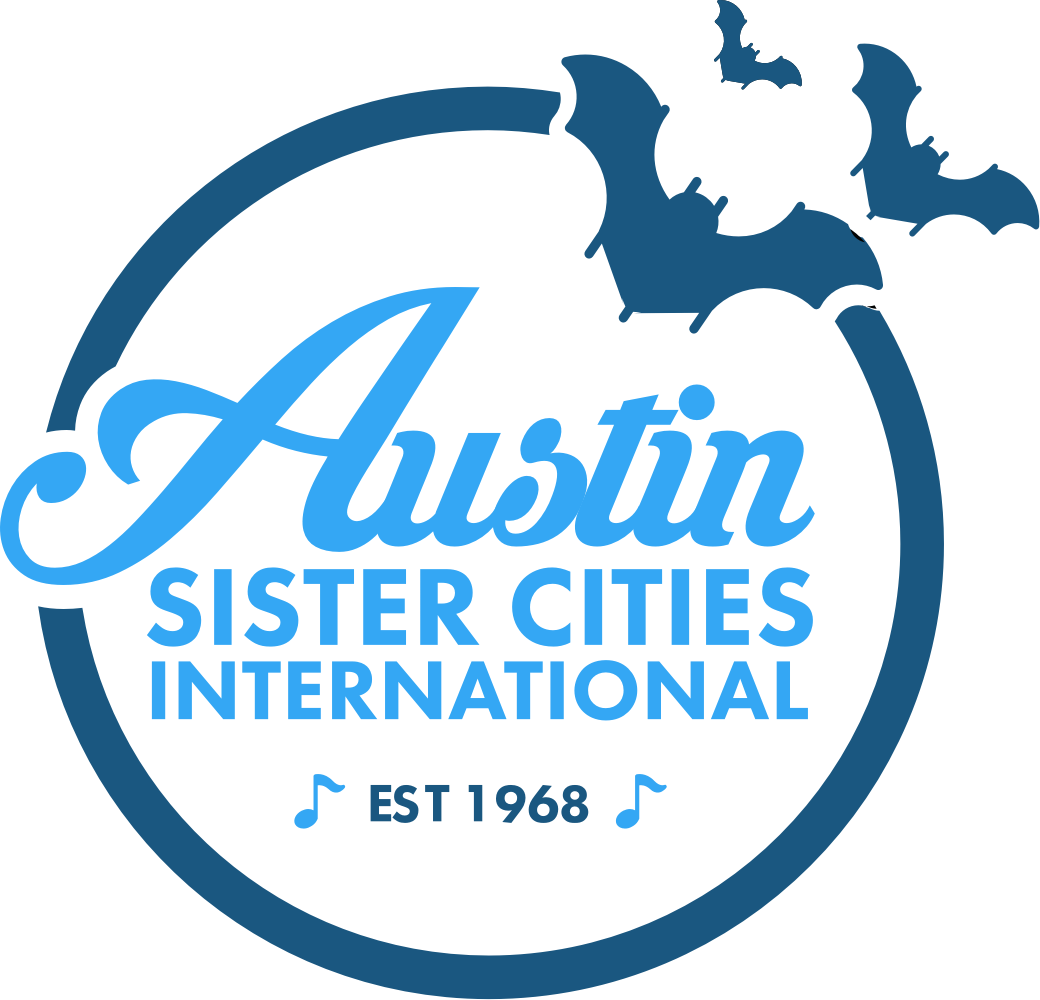Austin received an official delegation from our sister city Koblenz, Germany in May 2017. One of the delegates was Mark Scherhag, Vice President of the Handelskammer. Read his trip recap in the Special Issue of the Handwerkskammer Magazine in German here (page 10/11) or in English below:
Lived Partnership
Sister City Arrangement Koblenz-Austin Celebrates 25th Anniversary
There are 8458 km. between Koblenz and Austin, the capital of Texas. Both cities share a 25-year old sister city arrangement. Political current events, especially these days, definitely influence whether Germany and the U.S. feel close or distant to each other. Beyond the big politics however, personal connections between citizens of both cities define the relationship with each other. HwK (Handwerkskammer [Chamber of crafts]) Vice President Mark Scherhag recently experienced how good it is.
“Everyone welcomed us warmly, and we constantly sensed how lively the sister city arrangement was spiritedly acted out throughout its inhabitants,” Mark Scherhag enthusiastically stated after his return from Texas. Together with government and business representatives from Koblenz, the Chamber of Crafts (HwK) Vice President, and automotive industrialist traveled to Austin from the Rhine-Mosel city. The travel schedule included conversations with Mayor Steve Alder as well as with meetings with entrepreneurs, education representatives, or even with a former motor-vehicle apprentice who was trained as a motor-vehicle mechanic at Autohaus Scherhag.
In 1995, Chris Hofmayer went from Austin to Koblenz and began his training at Autohaus Scherhag. Back then, the sister city arrangement was only three years old.
For the high school graduate, the trip across the pond to “good old Germany” was more than just a professional step. Many personal contacts shaped his apprenticeship, and the Texan talks about numerous friendships he maintains to this day.
Furthermore, he came to know and appreciate the values of the dual-track education. Today, Hofmayer still talks about the German system enthusiastically, and still has great memories of his experience with the training triad of operations, vocational school and the Chamber of Crafts. Following his return to the States he kept in touch with the motor-vehicle trade before changing into socio-pedagogical support. “The foundation for everything that I have achieved was the craft and training in Koblenz,” he said in a great compliment to Mark Sherhag, who visited his former apprentice in Austin.
Education was a major concern during the visit of Koblenz delegation with representatives of the Austin Community College (ACC). There has been cooperation between the HwK and ACC since 1999, for example with the welder education of U.S. students in the Koblenz Metal and Technology Center or the COMPRO program that is supported by the European Commission and the U.S. Ministry of Education. Following up on the former, talks with Troy Defrates, professor in welding technologies took place. Understanding the importance of education exchange with a human aspect, Mark Scherhag states that: “Youth exchange has a long-standing tradition and needs to be continued.” He finds that “we have achieved much in the metalworking.” Scherhag also recalls the transatlantic cooperation stemming from the Koblenz Bundesgartenschau that Austin supported with five metal made figures (see picture), designed in the U.S. and made in Koblenz using a laser technique. The Texan motives feature saddles, lassos, horses, and cowboy boots. [During the Bundesgartenschay] the figures could be found in the area of the Basilika St. Kastor and delighted the visitors. Now, they are located outdoors next to the HwK’s Center for Nutrition and Health.
Another success story linking handicrafts and the American way of life comes from the Texan tile installation and import company “Clay Imports,” that was visited by the Koblenz delegation. On site HwK Vice President Scherhag learned that “the company thinks outside of the box and works with partners in Turkey, Morocco, and Mexico. The company owners are also interested in in a cooperation with Germany. Not so much in the area of tile manufacturing but installation techniques.” Educational workshops in exemplary business of the Koblenz region would be a possibility to improve the Americans’ artisanal “know-how” – an idea that the Texans were very receptive to.
The political dialogue was the focus of the meeting with Mayor Steve Adler. The 25th Anniversary of the Austin-Koblenz relationship was celebrated by invitation to Austin’s City Hall. In addition to highlighting past achievements, there was much talk about future developments. Mark Scherhag concluded with “On behalf of the Koblenz Chamber of Crafts, we have presented an invitation to the [Austin] Mayor, and Steve Adler indicated his interest in visiting the Rhine-Mosel city.”
For beyond the “big politics” between Berlin and Washington, there is a relationship that continues to remain close despite the 8458 km between the cities. This relationship is shaped by the peoples of both cities. And that is good and in full of life.
[Translation by Tristan Foy]

